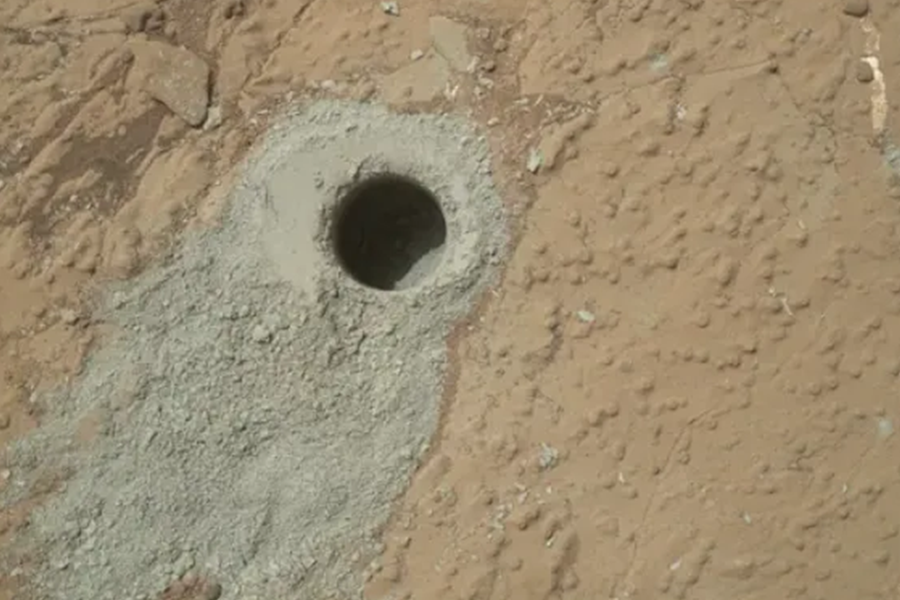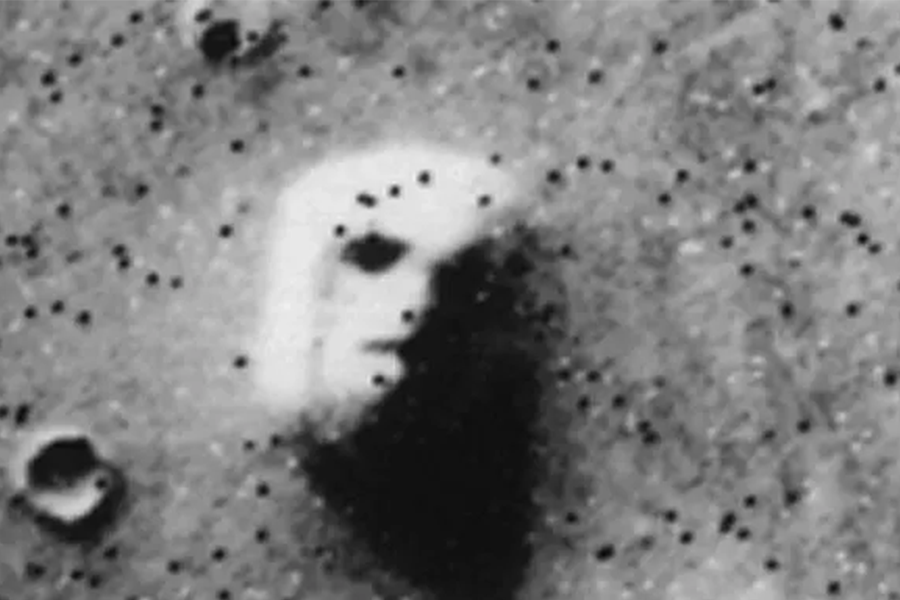Mars, our enigmatic neighbor in the solar system, has fascinated humanity for centuries. With its distinctive red hue and Earth-like features, it has long been the focus of speculation and scientific inquiry. Recent explorations by rovers and orbiters have unveiled a plethora of strange and intriguing findings that challenge our understanding of this distant world. Here are some of the most remarkable discoveries that have puzzled scientists and excited the imagination of the public.
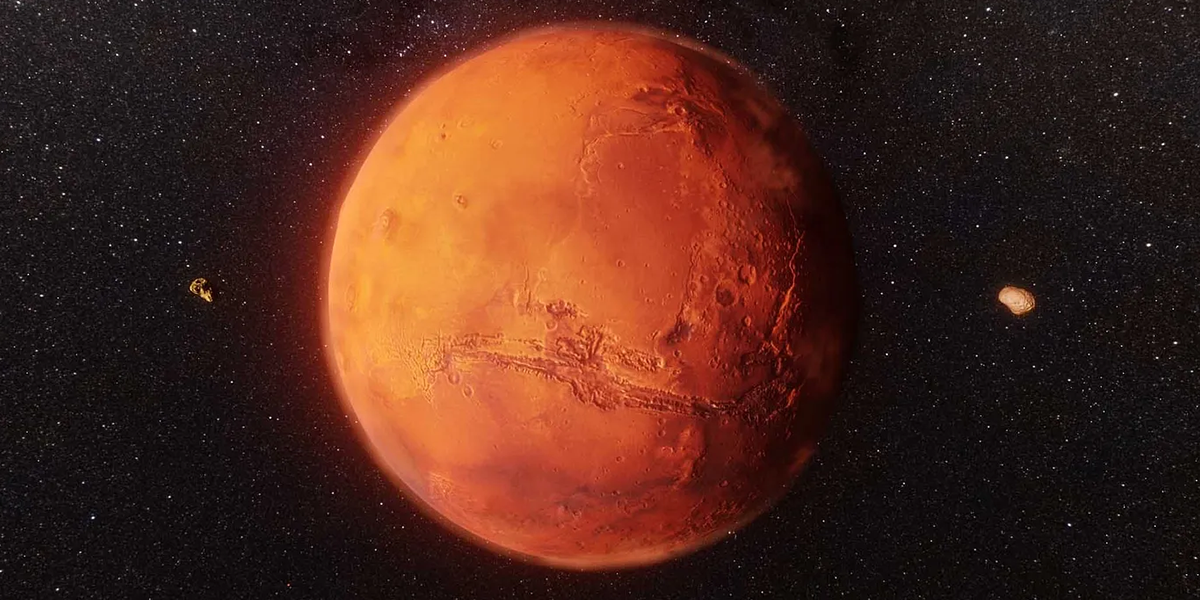
The Face on Mars
One of the most famous anomalies on Mars is the so-called “Face on Mars,” located in the Cydonia region. This feature, captured by the Viking 1 orbiter in 1976, appears to resemble a humanoid face. Initial images sparked widespread speculation about extraterrestrial civilizations. However, subsequent high-resolution images from the Mars Reconnaissance Orbiter have shown that the “face” is a natural mesa, with shadows creating the illusion of facial features. Despite this explanation, the initial excitement highlighted humanity’s tendency to anthropomorphize and search for familiar patterns.
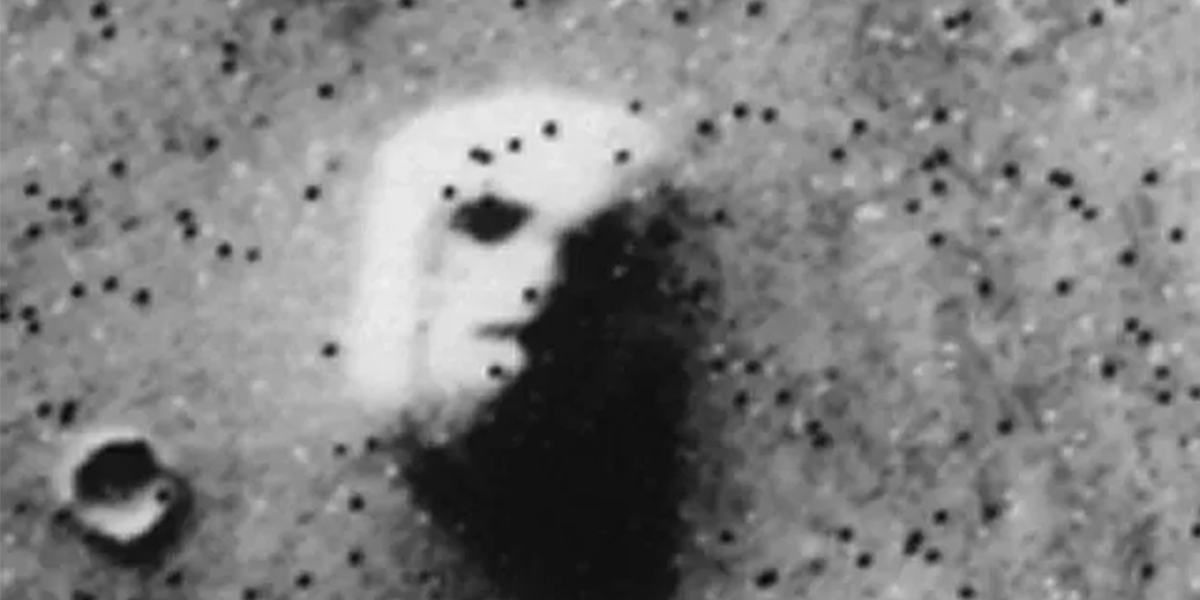
Recurring Slope Lineae (RSL)
In recent years, scientists have observed mysterious dark streaks on Martian slopes, known as Recurring Slope Lineae (RSL). These streaks appear and disappear with the seasons and are thought to be caused by briny water flows, indicating that liquid water might exist temporarily on the Martian surface. This finding is significant as it suggests the possibility of life or habitable conditions, at least in microbial form, somewhere on the planet.
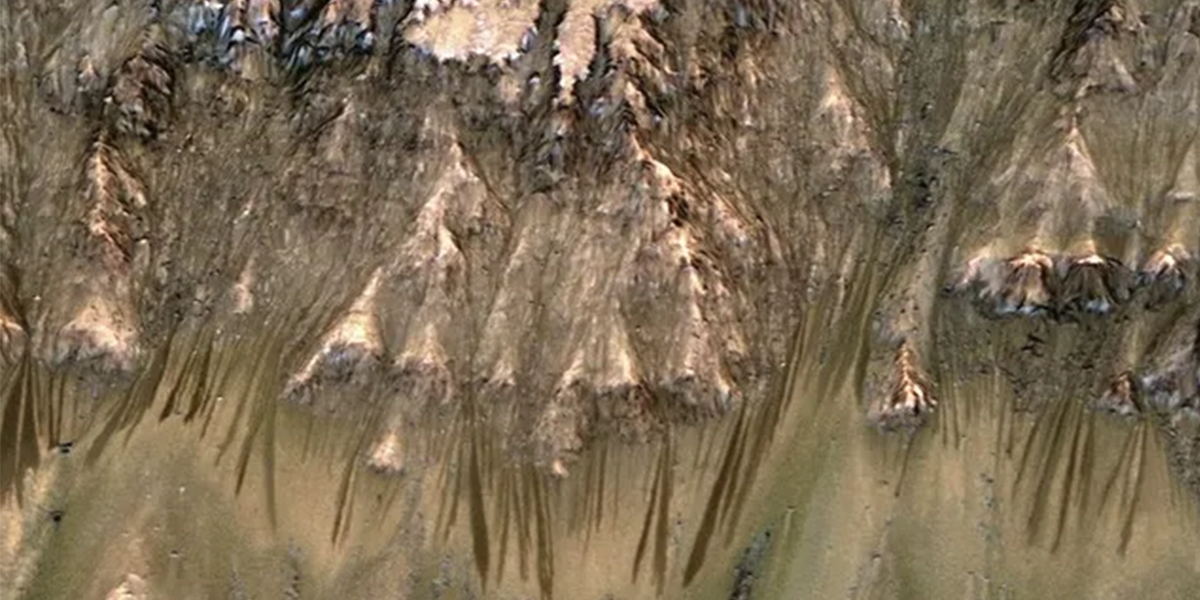
Methane Spikes
The detection of methane in the Martian atmosphere has been one of the most debated discoveries. Methane levels fluctuate seasonally and even spike occasionally. Since methane can be produced by both geological and biological processes, its presence raises the tantalizing possibility of microbial life. Instruments on the Curiosity rover and the Trace Gas Orbiter are continuously monitoring these emissions to unravel their origin.
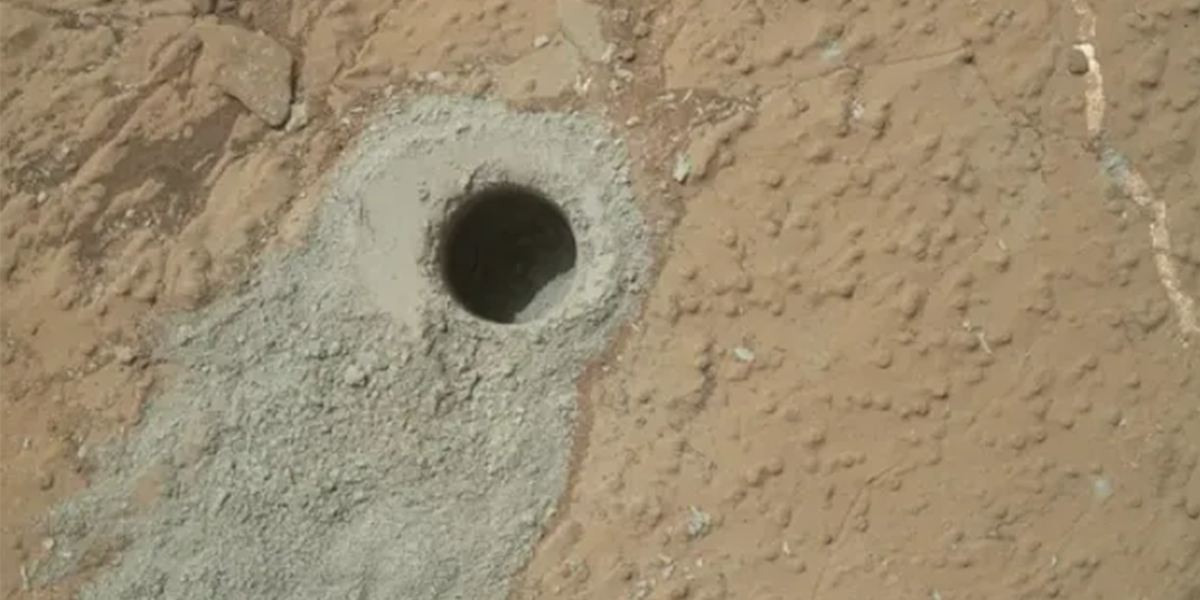
Martian Blueberries
NASA’s Opportunity rover discovered small, spherical hematite formations on Mars, nicknamed “blueberries.” These formations are believed to have formed in the presence of water, suggesting that Mars once had conditions suitable for life. The blueberries add to the growing body of evidence that liquid water played a significant role in Mars’ geological history.
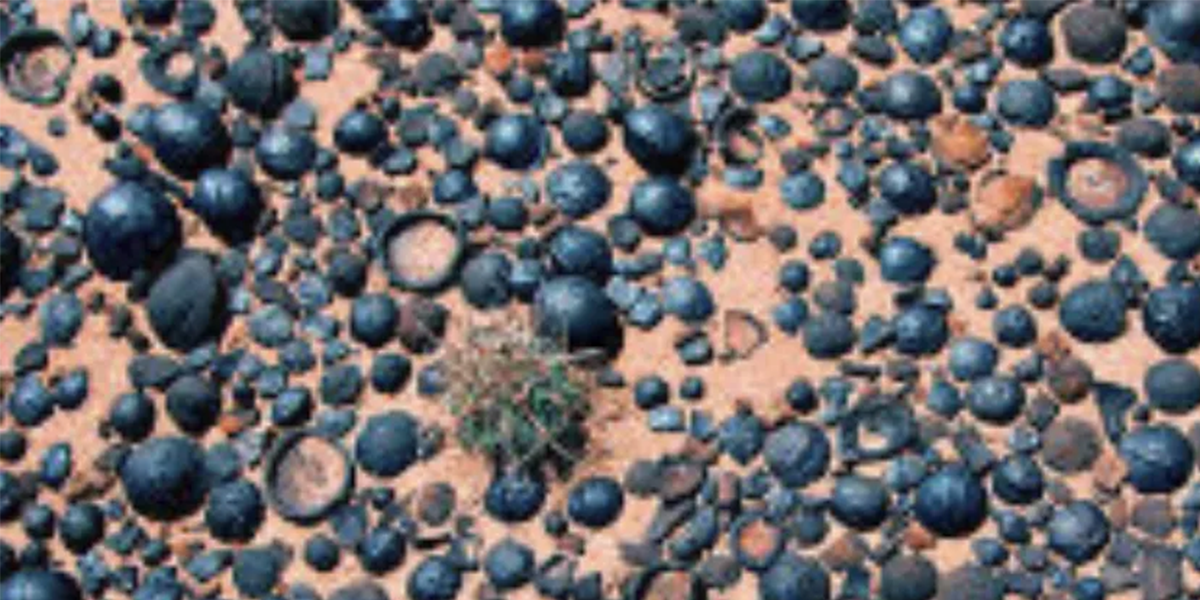
The “Doorway” and Other Optical Illusions
Mars rovers have occasionally captured images that resemble familiar Earthly objects, leading to a flurry of speculative theories. For example, a 2022 image taken by the Curiosity rover showed what appeared to be a doorway carved into a rock face. Closer examination revealed it to be a small crevice, but such images often ignite public imagination about Martian structures and artifacts. These optical illusions highlight the challenges of interpreting images from another planet where shadows and perspectives can play tricks on the human eye.
Subsurface Lake
In 2018, radar data from the European Space Agency’s Mars Express orbiter suggested the presence of a subsurface lake beneath the southern polar ice cap. This finding was groundbreaking because liquid water is essential for life as we know it. The potential lake is believed to be extremely salty to remain liquid at such low temperatures. If confirmed, this could be a prime location to search for signs of life.
Strange Rock Formations
Mars is home to various rock formations that have sparked curiosity and debate. From the “Thigh Bone” rock to the “Pyramid,” these formations often resemble familiar objects or structures from Earth. While most of these are attributed to natural erosion and the planet’s unique geology, they continue to intrigue both scientists and the public alike.
Mars remains a planet of mystery and wonder, continually surprising us with its strange and unexpected findings. Each discovery, whether a geological oddity or a potential sign of water, brings us closer to understanding the Red Planet’s history and its potential for harboring life. As our exploration technology advances, we can anticipate even more astonishing revelations from our intriguing neighbor in the solar system.


